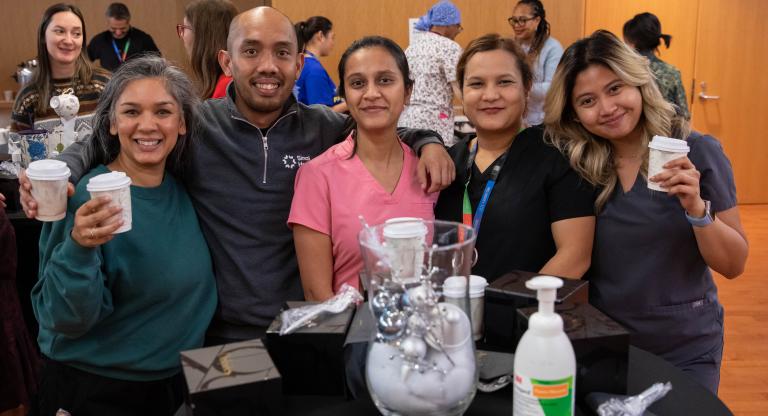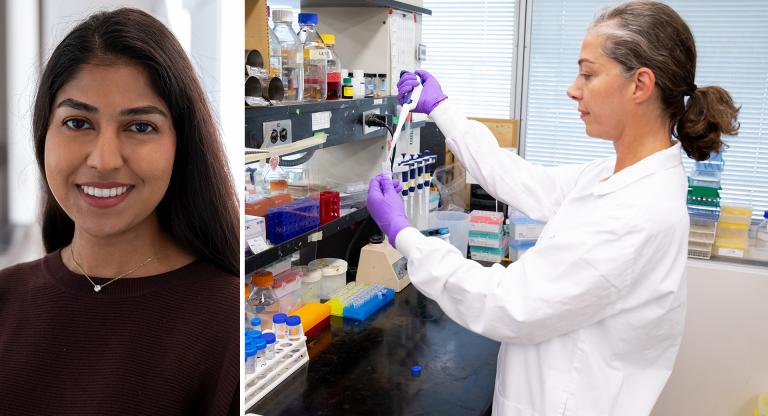Getting to the heart of the gender gap in clinical research

There is a gender gap in clinical research that has only recently begun to be addressed. Historically, clinical trials focused only on male subjects and excluded other genders, which meant that our understanding of how bodies function was typically based on male anatomy. A 2014 report showed that only one third of cardiovascular clinical trial subjects are female and only 31 per cent of those clinical trials report results by gender.
Given that cardiovascular disease is one of the leading causes of death in Canada and the world and it is well established that women have different symptoms, and risk factors, this gender gap puts women at a disadvantage. For example, women under 65 are two to three times more likely to die in hospital after a heart attack than men of the same age.

Dr. Susanna Mak, a cardiologist at the Anna Prosserman Heart Function Clinic at Mount Sinai Hospital is one of the few researchers in the world trying to better understand how women’s hearts function differently than men’s. Performing sophisticated tests in the cutting-edge Mecklinger Posluns Cardiac Catheterization Research Laboratory – using catheters placed in the heart’s main chamber to directly measure key differences in heart pumping action between females and males is one way to shed light on some of the functional ways the heart works differently.
Dr. Mak has discovered that women don’t have as many compensatory mechanisms to restore or increase blood flow after a heart attack. If the heart is injured, increasing heart rate to boost the heart’s ability to pump blood doesn’t work very well in women. She did complex measurements, comparing heart function in both sexes, to pinpoint the reason. “A woman’s heart doesn’t fill as well with blood between beats as a man’s heart. Filling the pump is as important as pumping when blood supply is cut during a heart attack,” says Dr. Mak, who also found women maintain about 40 per cent higher levels of adrenaline to the heart than men.
She is now investigating the best ways of tailoring treatment to compensate for these differences, so more women will survive and recover from heart attacks.
Another symptom that women experience is “breathlessness”. Often not recognized, breathlessness affects 30 percent of older women, making daily activities very challenging. “I see patients all of the time who feel out of breath during minimal exertion such as shopping. They treat it like chronic pain, and even though they may be sent for the typical tests, like an echo or stress test, they don’t have answers,” explains Dr. Mak.
A new test developed by Dr. Mak is providing a more in-depth look at the problem. “If we can identify the cause of the breathlessness early on, we may be able to identify the start of heart failure early and intervene,” says Dr. Mak. “We can now identify more precisely whether the way the heart chamber functions plays an important role in breathlessness or exercise tolerance. The test is tailored to a patient’s gender. We have found that patients and their physicians react very positively to information that helps explain their symptoms. Now we hope to develop treatments to help maintain a good quality of life.”
“For a long time, research has underestimated the differences between men and women. While things are changing, I believe that we need to make more of an effort to ensure clinical research is more inclusive,” says Dr. Mak.











